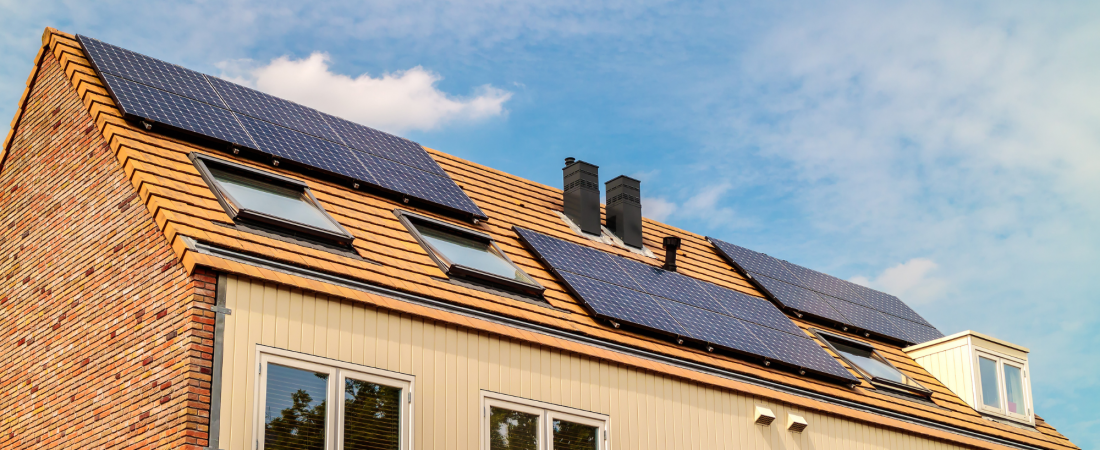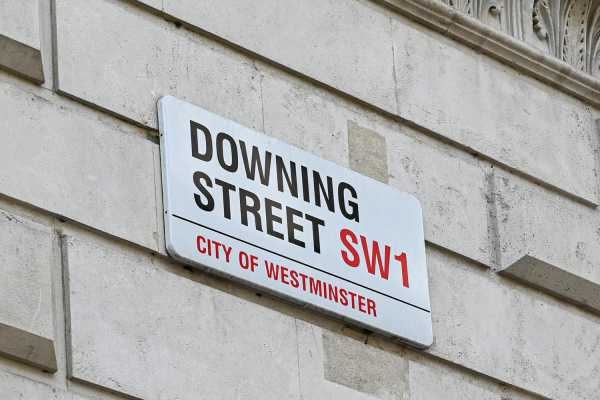Landlords in England can now apply for a government voucher scheme worth up to £5,000. The money covers two thirds of the cost of energy efficiency improvements to residential properties, such as insulation and low-carbon heating.
How Much Money Can I Get to Improve My Property?
Most landlords will be able to get a voucher for up to £5,000 of government contribution. That means for work costing £7,500, the landlord would pay only £2,500 and the government would pay the remaining £5,000. The vouchers are also available to homeowners to use on their own homes, so landlords can use the grant for their own residence if they prefer.
Who Can I Use to Perform the Improvements?
The Green Homes Grant voucher scheme has many similarities with the Fix your Bike Repair Scheme launched this summer. The improvement work must be performed by a TrustMark registered installer. The installer will also have to be signed up to the scheme. The work cannot be performed by you, a member of your household or immediate family.
What Home Improvements Will the Grant Pay for?
There are restrictions on the kind of improvements home-owners and landlords can buy on the scheme. All grant recipients are encouraged to make improvements which will have the biggest impact on the energy efficiency of their homes. You can check what this might be by using the Simple Energy Advice site or having your home assessed by a professional. Your property’s EPC should also recommend improvements.
The improvements available have been divided into primary and secondary measures. To use the voucher, at least one primary measure must be installed. If this is done, then any of the secondary measures can also be installed. Note, however, that the value of the secondary measures cannot exceed that of the primary measures. Further, you will only be able to redeem the vouchers for secondary measures once the primary measures have been installed and vouchers redeemed. The vouchers cover the cost of labour, materials and VAT.
Green Homes Grant Primary Measures
There are two primary measures: insulation and low-carbon heat. Wall, loft, under-floor and roof insulation can all be fitted under the scheme. Low-carbon heating measures comprise air source heat pumps, ground source heat pumps, hybrid heat pumps, solar thermal heat and biomass boilers.
Green Homes Grant Secondary Measures
The list of secondary measures covers windows and doors, and the control and insulation of heating. Window and door measures are draught proofing, double or triple glazing, secondary glazing and energy efficient replacement doors. Heating measures are hot water tank thermostat and insulation installation and heating controls like thermostats and smart thermostats.
How to Apply
Landlords will first need to check their eligibility using the Simple Energy Advice questionnaire.
If eligible, you will need to find approved tradespeople who operate in the area your property is in. You can use this registry of installers to find people signed up to the scheme. You’ll need to get a quote for the next step, but as always it’s sensible to get more than one quote so you can compare.
Next you will apply for the voucher on the gov.uk website. You’ll need the name and date of birth of the property owner and anyone who lives in the property who receives benefits. You will also need one quote from a TrustMark registered installer and their license number.
You will receive an email with the voucher if you are successful in your application. When the work is finished, you will need a copy of the installer’s invoice in order to redeem your voucher. The money is then paid by the Grant scheme directly to the installer.
The scheme will run until 31st March 2022. It was originally due to close on the same date in 2021, but was extended by one year. Work must be booked and completed before this date to qualify for the scheme.
Problems with the Green Homes Grant Scheme
The scheme launched in September 2020 and has already been criticised for having a slew of issues for homeowners and landlords to contend with. Watch out for these issues if you plan to apply for one of these home improvement grants!
Need EPC rating
Landlords applying for vouchers need to prove they have met the minimum energy efficiency standard of an EPC rating of E or above before they can apply for the scheme. This won’t be a problem for most landlords, since having a valid EPC is a requirement for letting property. But given the scheme is supposed to help improve energy efficiency standards, it seems counterproductive to ban landlords with the least efficient homes from partaking in the home improvement scheme.
Need to order your EPC? Our suppliers cover the UK with great prices.
Order your EPC hereNot enough accredited tradespeople on the scheme
The biggest issue that has been reported is that there are simply not enough tradespeople and installation companies on the scheme, with landlords in Cornwall being referred to businesses based in Scotland. Although more installers are signing up to the scheme weekly, the rollout has been characterised as a patchy ‘postcode lottery’, with some areas having too few registered traders for property owners to make good use of the grants available.
Is it cheaper to do the work without the scheme?
Just like with the Fix your Bike scheme, some expect to see prices for this work inflated as businesses see a huge surge in demand. Even though the government will be paying two-thirds of the cost, it could end up cheaper — and less hassle — to simply book the work through an installer who is not using the scheme. Be sure to check this before you order any work.
No solar panels
One of the most desirable energy improvements many homeowners would like to have installed are electricity-producing photovoltaic solar panels. These are the panels which sit on your south-facing roof and produce energy that can power your electrical appliances. If you have an excess of power, you can even sell it to the National Grid. Sadly, these panels are not part of the scheme.
Got a Bad EPC Rating? Make the Most of this Offer!
It is important that you try to make use of the Green Home Grants scheme if your rented property has an Energy Performance Certificate (EPC) rating below C. Currently, landlords can let property which is rated E or above. But it looks like the minimum energy efficiency standard (MEES) is set to rise from E to C in the next few years.
The Department for Business, Energy and Industrial Strategy (BEIS) has launched a consultation which calls for views on doing exactly this, naming it as a ‘core policy proposal’. It seems highly likely, therefore, that landlords will not be able to let out houses with EPC ratings lower than C in the next few years.
It makes great sense, therefore, for landlords with properties in England to take the opportunity to use this government money to improve their homes.
Watch out for Scams
Remember that the scheme doesn’t require anyone to inspect your home uninvited, or to make upfront payments on the phone. No one from the Green Homes Grant scheme will call you out of the blue. Anyone trying to do these things may be a scammer.




Start the discussion at community.openrent.co.uk